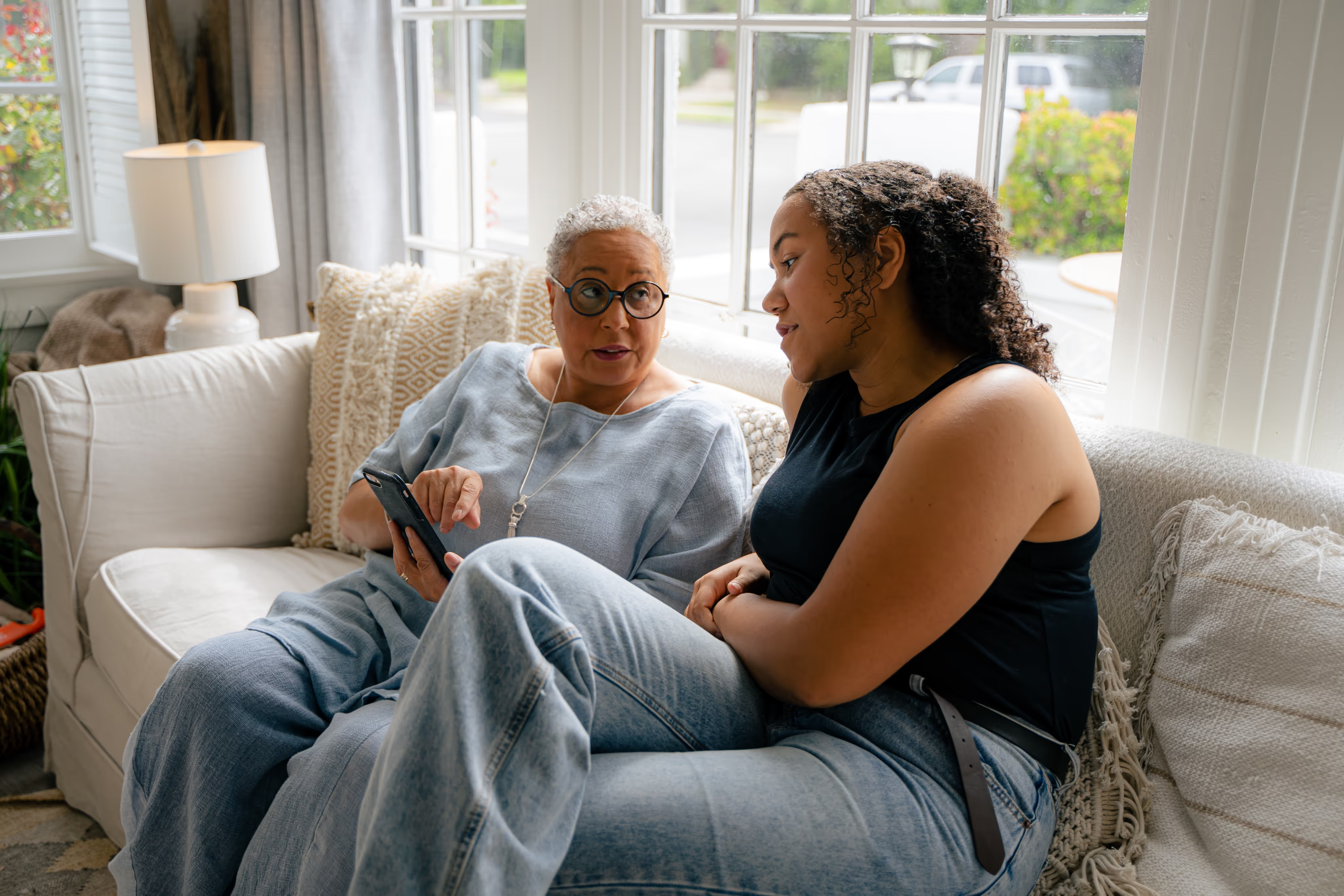Guaranteed to teach you things you never knew.
11 Creative Ways to Preserve Family Memories – And Pass Them Down
Looking for fun and creative ideas to save your family memories? Follow these suggestions to keep your family history alive for future generations.
Getting older is one of those facts of life that none of us can escape. The time we have here on earth is precious and the memories we create with our loved ones should be cherished. But often, these special memories are locked up inside a grandparent’s head, infused into family trinkets, or simply scattered across old photos in a shoe box in the closet.
Family memories shouldn’t be left to accumulate dust or vanish as one generation is followed by the next. Preserving these memories allows your family legacy and history to live on. Your family stories deserve to be saved in ways that will protect them for decades and in ways that are delightful to revisit time and again. Thanks to new technologies and creative solutions, there are fun and interesting ways to preserve family memories that go well beyond the standard photo album.
Don’t let memories deteriorate or disappear. Preserving family memories is a gift that cuts across generations:
- It honors those who have passed away…
- Current family members can appreciate it…
- And it can be passed down to future generations.
But old family memories and stories are at risk of disappearing or deteriorating as time moves forward. The environment can damage physical items like photos, clothing, or family artifacts if they are not stored properly. Even worse is the threat of losing stories and knowledge as family members pass away or lose contact with others. That’s why it’s so important to ask older relatives like parents and grandparents to share their memories while they still can. As you think about preserving family memories, keep in mind how to capture and store them properly so they will stand the test of time.
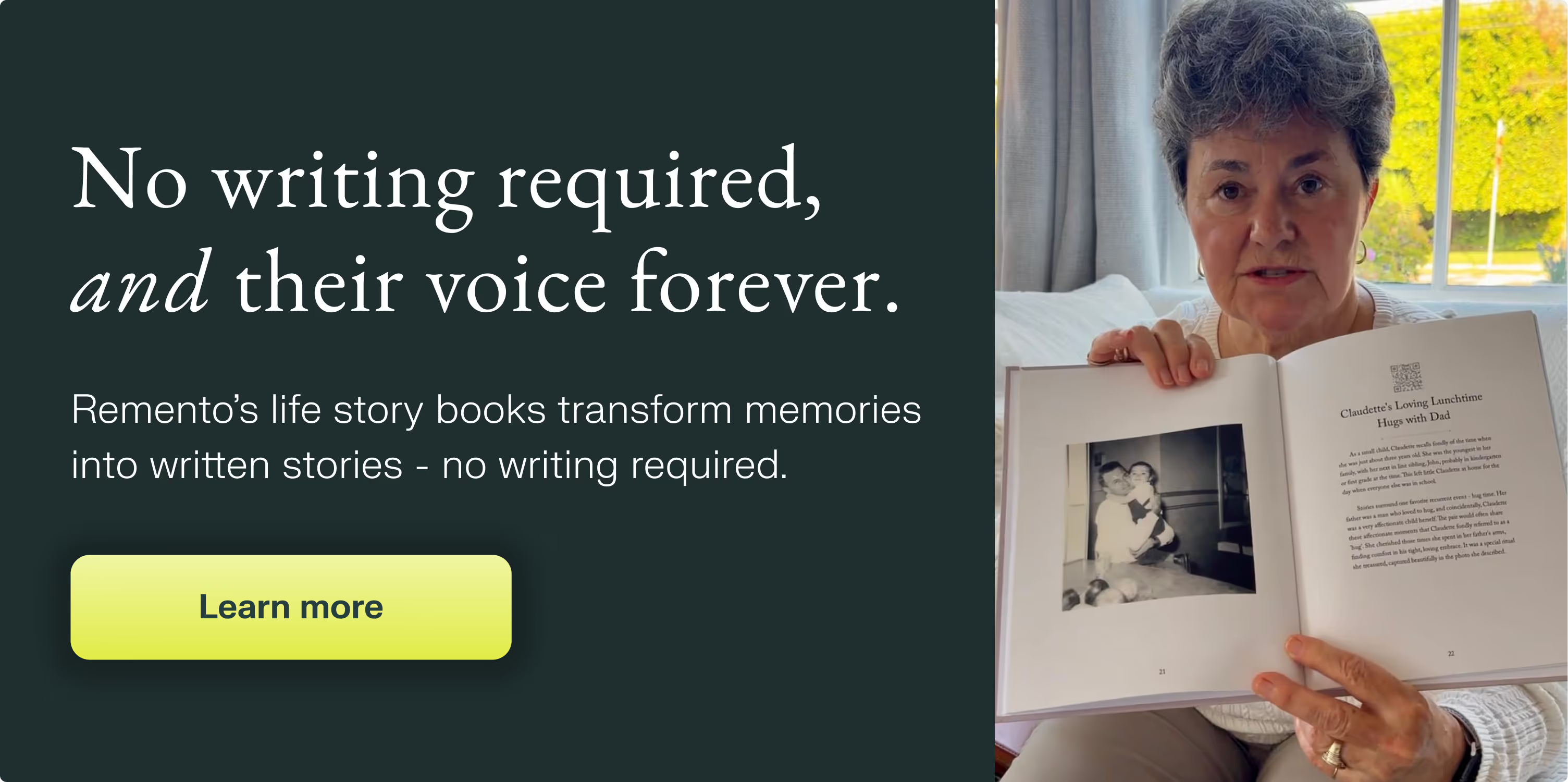
If you're interested in preserving memories of your family traditions, the Remento Book can transform these stories into a keepsake for you to cherish.
11 Creative Ways to Preserve Your Family Memories
1. Digitize Old Films and Photos
Every family has at least one heavy photo album that sits largely unopened under the bottom shelf of the bookcase. Or worse, hundreds of loose photographs get stacked in a box or bag hidden from sight in the back of a closet. The problem with physical photographs is they’re difficult to organize and quickly view and can be lost or damaged over time.
One of the best ways to preserve memories captured in old photos is to turn them into digital copies. Here are a handful of ways to digitize your family photos:
- Use a smartphone app to quickly digitize individual photos for free (or very cheaply.)
- Use a scanning machine to digitize larger volumes at home.
- Send entire albums away to be digitized by a service provider.
While you’re digging up photos from the past, it’s a great idea to look for old films that might store family memories as well. Family films shot on VHS are in danger of disappearing because film technology degrades quickly. If you want to convert your home videos to digital versions you can do so at home with a working VHS player and USB-to-video converter. Or, similar to photos, many services will take your tapes in the mail and digitize them for you. The best thing about digital versions of your family memories is that they can now be edited, shared, and saved forever.
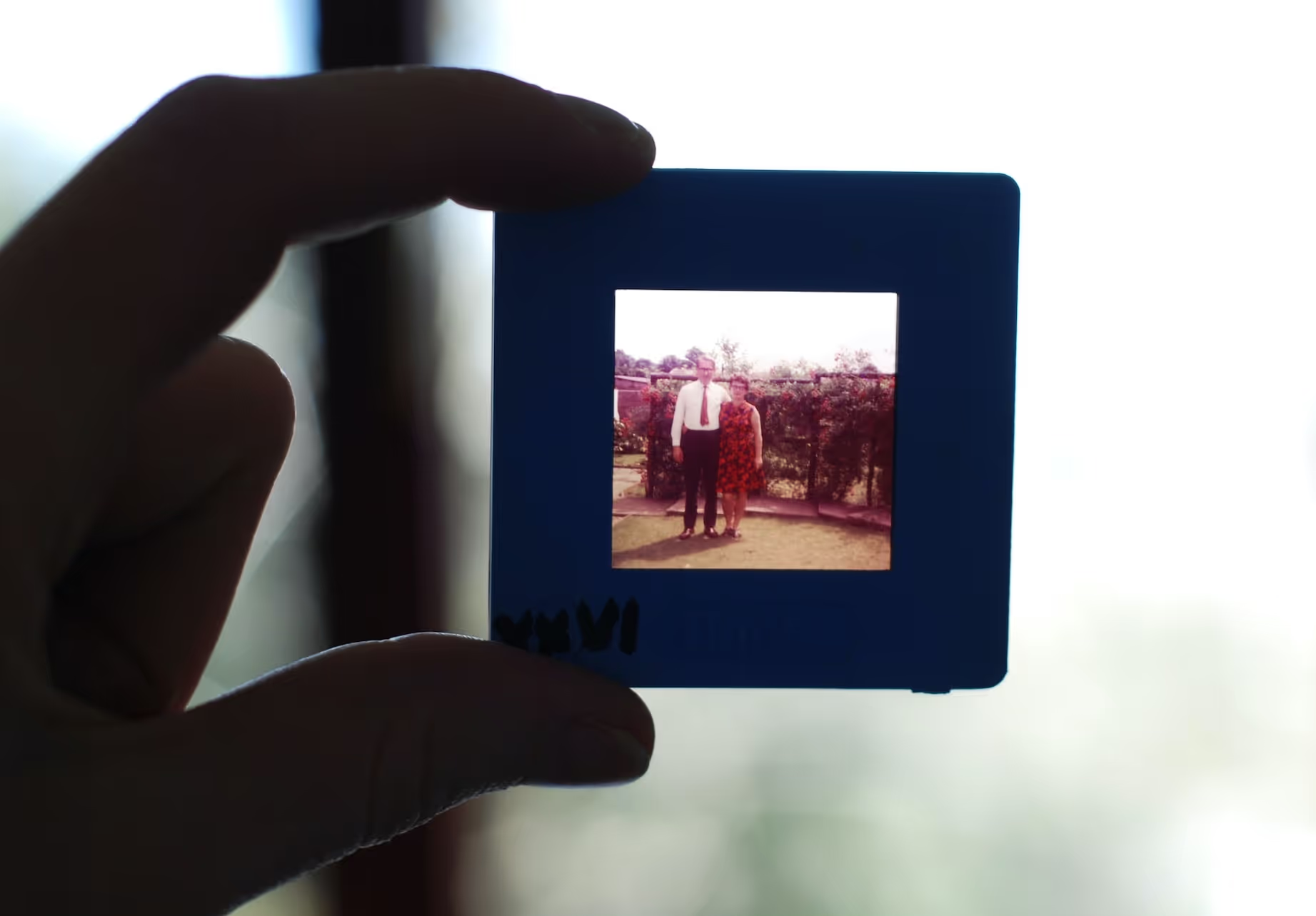
2. Create Digital Photo Albums
Now that those family photos are digitized, make the most of them and put them into a digital photo album. Digital photo albums make great gifts for family members or are the perfect table piece to keep family memories alive in your own home. Digital photo albums have unlimited storage compared to heavy physical albums and will automatically flip through photos so no memory is forgotten.
If you still want a physical photo book, digital copies make it much easier to plan and create a family album. Instead of peeling and placing printed photos behind laminated pages, you can create a book quickly online.
3. Record a Family Interview
A great way to save family memories is to capture them directly from the source. Every member of your family has unique stories to tell that contribute to your family history. Conversations are the best way to unlock and preserve memories while learning more about your family in the process. Conducting a family interview doesn’t have to be a complicated or formal process. All you need is a willing family member, interview questions, and a recording device.
4. Write a Memoir or Family History
Looking for a way to preserve memories for your family that isn’t visual? Consider writing a memoir that you can share with younger generations. Writing can be a great way to highlight unique stories or moments that contribute to your family history. And a written book makes a great gift or family heirloom to pass down to others. Keep your family legacy alive by documenting the history of relatives or compiling sentimental stories from the past.
If you know your family history well you can set out on your own to write but there are other methods if you need some help. For example, you can hire a ghostwriter to create the story on your behalf, or you can find services that give you writing prompts to get things started.

5. Repurpose Old Clothing
Clothing often has a lot of sentimental value…the dress your mom wore on her wedding day, grandpa’s fighter pilot jacket, dad’s high school varsity sweatshirt. One of the simplest ways to preserve family memories is to pass down clothing to younger generations so that they can use it too. Gift your family’s vintage clothing and share the story behind it - this will make it more meaningful.
Another creative option is to turn old clothing into a family quilt. Some services will take items like t-shirts and sew them into a warm blanket to be used by the whole family. In this way, a family member’s memory can be preserved and appreciated daily.
Lastly, if the clothing is not going to be worn and is just saved to remember, make sure to store it properly so that the elements or bugs do not destroy it.
6. Pass Down Family Heirlooms
Family heirlooms hold so many stories worth remembering. Here are some of the most common family heirlooms that can be passed down to future generations to preserve your family history:
- Chinaware
- Jewelry
- Antique Furniture
- Art
- Vintage toys
Sometimes younger generations need to appreciate the stories behind heirlooms to understand why it’s important to keep these items in the family. Passing down family heirlooms can be a great way to make connections between younger and older family members.
7. Search For Family Artifacts
Sometimes the most interesting memories from the past might not be in your family’s possession. There might be a wealth of stories to collect from public archives where you or your family members appear. Did mom show up on the front page of the New York Times in her twenties? Maybe that’s a clipping worth finding and saving!
Explore your public library or courthouse for family archives or research the National Archives records.
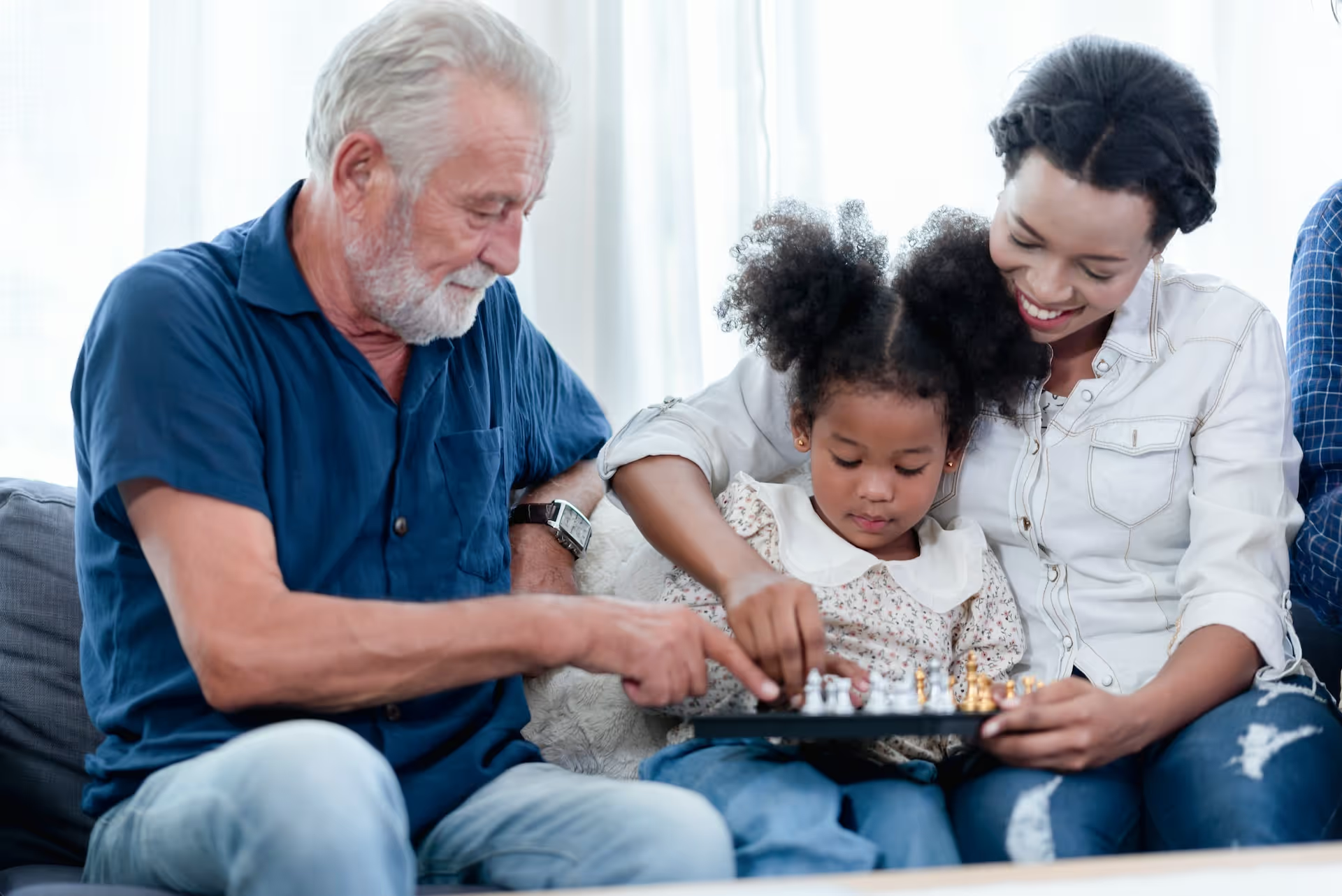
8. Download and Save Voicemails
A family member’s voice can be so powerful, especially if they are no longer alive to share it with us. While it might be difficult to anticipate ahead of time, it’s a great habit to save some of your favorite voicemails left by loved ones.
Most voicemail boxes give you the option to download and save messages as a personal file. You can keep the memory of someone alive, preserving their voice to reflect on and cherish forever.
9. Create a Family Cookbook
Family recipes say a lot about your heritage, background, and culture. The types of spices you use, the cooking methods employed, or the ingredient choices you make. Food has always been a form of love and passing down favorite recipes is a beautiful way to honor and memorialize family traditions. Recipes also have the benefit of cutting across many generations. It may be grandma’s secret banana bread recipe that was taught to mom and is now being taught to you. Recipes can span decades of family memories!
A great way to keep these traditions alive is to create a family cookbook. Take the time to compile family-famous recipes from old cookbooks, and handwritten kitchen notes, or pull the recipe right from the chef’s head so future generations can appreciate their favorite meals.
10. Design a Family Tree
A family tree is a visual representation of your ancestry and another manner to preserve family memories. Designing a family tree requires a bit of research to find important details about family members that may no longer be alive. In your efforts, you may even learn about relatives you didn’t know you had.
You can investigate your ancestry by referencing vital records regarding births, deaths, marriages, immigration, and more. You can do this using publicly available records or can get the help of a paid genealogy service. After you learn about the history of your relatives you can build a family tree as a living document to share with other family members and preserve your family history.

11. Bury a Time Capsule
Creating a time capsule can be a fun family activity to make new memories and save old ones. A time capsule is any kind of storage container that preserves objects for discovery at a later date.
To create a time capsule, first, consider who will be opening it in the future. Will your children open this when they are adults? Or maybe the capsule is intended for a generation not yet born. Depending on your intentions, fill the container with items that hold value to you currently or will be of interest to those opening it in the future. Save mementos from the past and the present that the future will appreciate. Or write a letter to a future you or a family member.
Whether you decide to bury the time capsule in the earth or simply set it aside for years, this is a creative way to preserve your family memories for the future.
BONUS: Create A Life Story Book That Writes Itself
Services like Remento make it easy to transform family memories and stories into a hardcover keepsake book. And unlike other companies like Storyworth or My Life In A Book, Remento uses recordings of answers to storytelling prompts to create these books - no writing required. The AI-enabled platform turns recordings of precious memories into a book full of written stories, full of QR codes that link to the original recordings.
Each week, Remento storyteller's receive a new story prompt in their inbox. Prompts can be customized by anyone in the family and include either a photo or question from the Remento question bank. The storyteller is invited to record their spoken response right from any smartphone, tablet, or computer - no downloads, logins, or passwords required. The recordings of these reflections are then processed by Remento’s Speech-To-Story™ technology and turned into beautifully written stories. These written stories are shared across the family each week and ultimately printed into a hardcover color-printed book, featuring QR codes that link to the original recordings when scanned.
Give the Gift to Future Generations
Cherished family memories and the essence of loved ones shouldn’t be lost in the sands of time. There are so many ways to honor and preserve the stories and histories of your family in our digital age. Most important is to remember that you are not only doing this for yourself or those no longer alive, but you are also giving a gift to future generations. Save your family memories in ways that will not deteriorate or disappear and your family story will live on forever.
About Alec Russell
Alec Russell is a passionate writer and collector of great stories. He’s fascinated by the products and people that bring us together and build connections. Alec loves to explore topics such as relationships, mental health, and personal development, and shares insights through his writing.
Next up: How to Document the Stories Behind Family Heirlooms
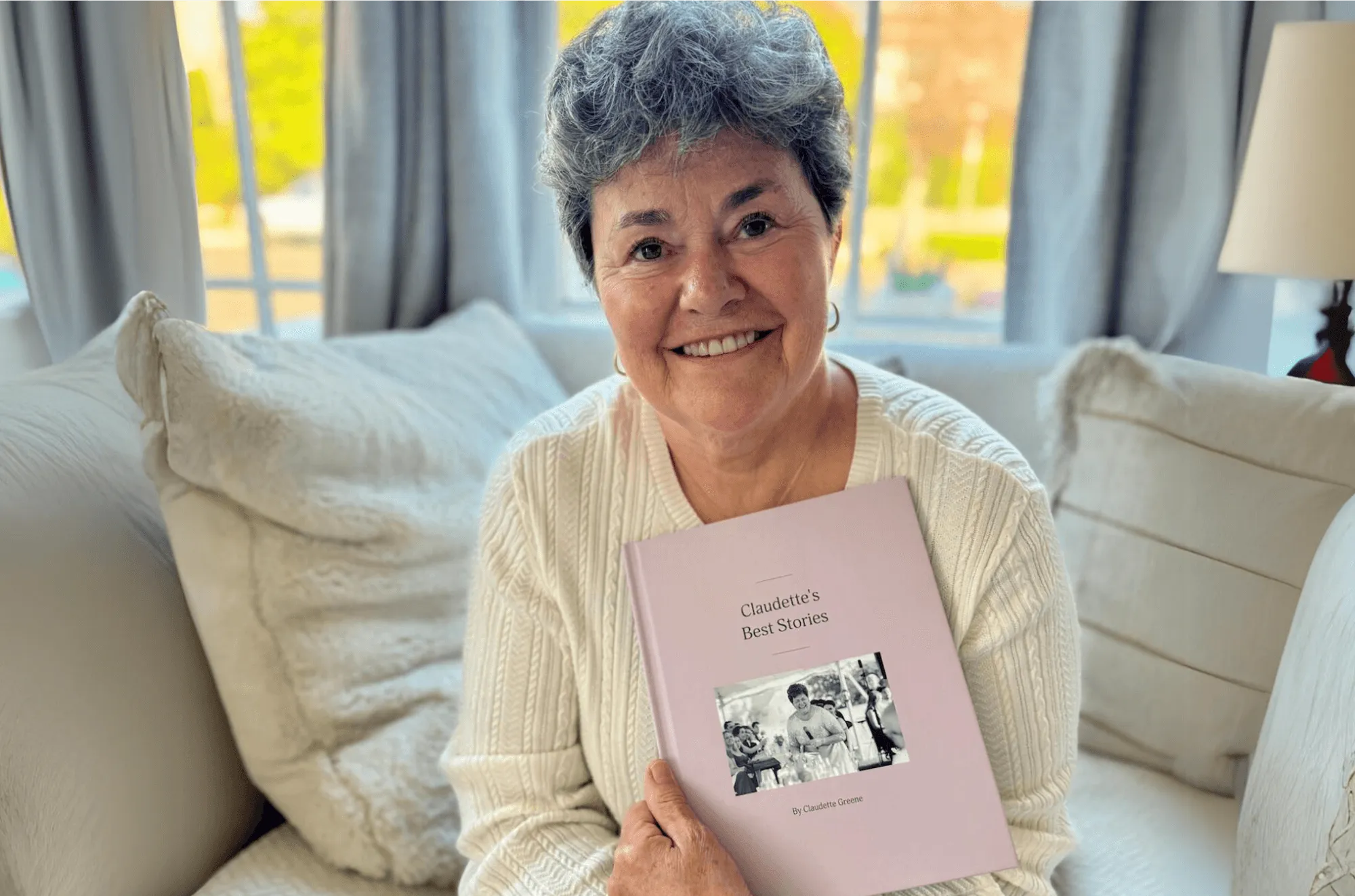
Their stories, forever at your fingertips
Remento’s life story books turn a parent or grandparent’s memories of the past into a keepsake book for the future - no writing required.
Capture priceless family memories today
Join the thousands of families using Remento to preserve family history, all without writing a word.
.avif)
